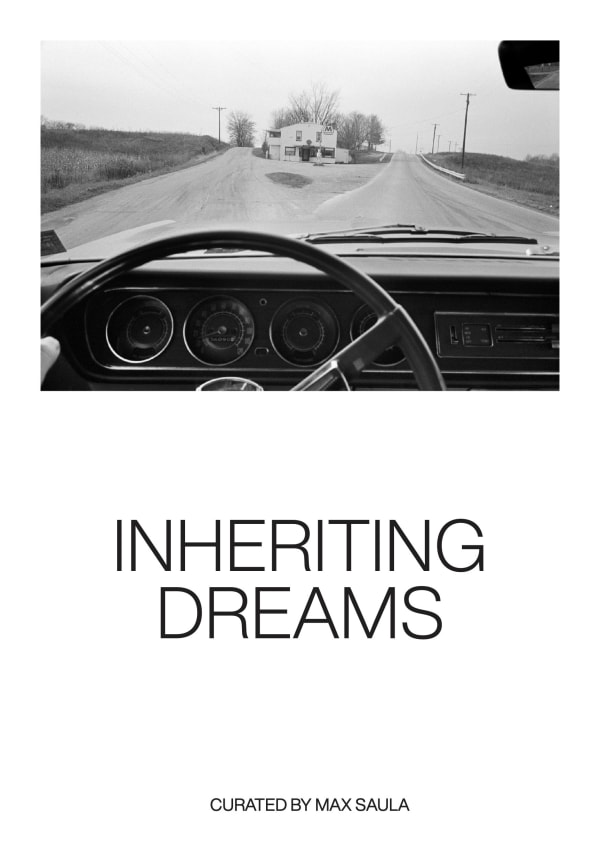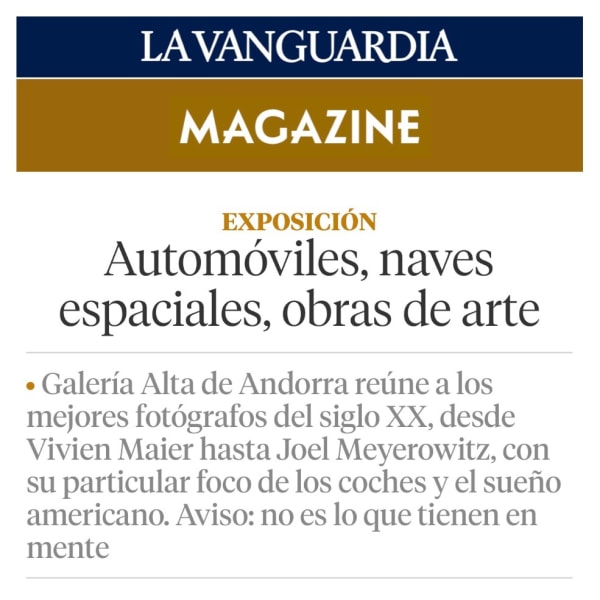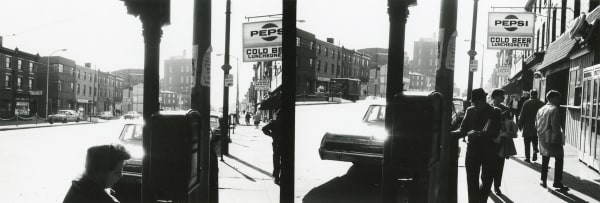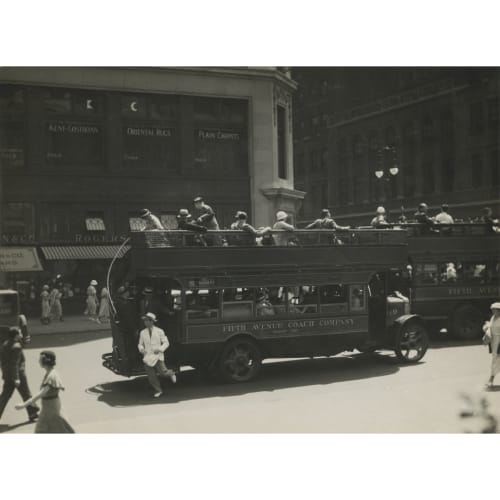Berenice Abbott American, 1898-1991
-

Inheriting Dreams: curated by Max Saula
Essay by Christian Caujolle 11 September - 7 November 2025We are delighted to announce our upcoming exhibition: "Inheriting Dreams", curated by Max Saula, the nineteen-year-old son of the gallery's founders.Read more
There is something magical in observing the world through the fresh gaze of youth: that unlimited curiosity that dares to discover the extraordinary in the everyday.
The exhibition explores how photography becomes a bridge between different ages and perspectives. How does it influence our family relationships? How do we transmit the passion for beauty?
The exhibition is by appointment only. -

Cars
And Photography 6 May - 26 September 2023Galería Alta is pleased to present a collective exhibition around the theme “Cars” and Photography.Read more
Iconic photographs of the artists in the exhibition – including Berenice Abbott, Ted Croner, Bruce Davidson, William Klein, Saul Leiter, Vivian Maier, Ray K. Metzker, Joel Meyerowitz, Marvin E. Newman, Louis Stettner and Bruce Weber – will shine and dialog with the inhabited space of the gallery.
By appointment only.
-

Inheriting Dreams: the living legacy of photography
Gaspar Keri, Punkt, 13 October 2025 -

Inheriting Dreams
Christian Caujolle, The Eye of Photography, 30 September 2025 -

Yesterday's photographs are today's world
Ianko López, El País Semanal, 14 September 2025 -

Max Saula: Heir to a vision
Rafael Lozano, La Vanguardia, 7 September 2025 -

Automóviles, naves espaciales, obras de arte
Felip Vivanco, La Vanguardia, 5 September 2023 -

Arts & Cars
Felip Vivanco, La Vanguardia, 3 September 2023 -

Metzker: el mestre que faltava / Metzker: The missing master
Andrés Luengo, Bondia, 2 May 2023
Abbott had first encountered the work of Eugène Atget through Man Ray in 1925. Though Atget had been documenting Paris for three decades, he was long forgotten by the public by the time they became friends. The only known portraits of Atget were made by Abbott shortly before his death in 1927. She purchased more than 5000 negatives, glass slides, and prints of his work, returning to New York with the extensive archive she had amassed. She was fiercely dedicated to preserving Atget's legacy over the next forty years. Abbott's collection was ultimately acquired by the Museum of Modern Art in 1968.
Upon returning to the U.S. Abbott took on commercial assignments and taught photography at the New School for Social Research. She dedicated herself to documenting New York with the methodical vigor and passion Atget had previously given to Paris, shooting its streets, buildings, parks-and of course, its people. With the support of the WPA Federal Art Project from 1935 to 1939, she created the seminal the body of work, Changing New York, an extensive socio-historical record of New York's vanishing past as well as the construction of its modern future. The results of the project were distributed to high schools, libraries, and various public institutions throughout the metropolitan area; to this day, Changing New York serves as an invaluable record of New York's history.
Abbott then shifted her focus towards science. In the 1940s, she served as photo editor for Science Illustrated, and went on to photograph scientific principles and processes for the Physical Sciences Study Committee at the Massachusetts Institute for Technology in 1958, developing innovative techniques and mechanisms which enabled her to capture scientific phenomena. Easily her most creative and innovative work, her aesthetically elegant photographs of swinging pendulums, bouncing balls, and wave patterns lend understandable reality to the many complex concepts of physical science. In 1970, Abbott's first major retrospective opened at the Museum of Modern Art. Her work has since been exhibited and acquired by many institutions throughout the world. Abbott lived in Maine from 1966 until her death.











